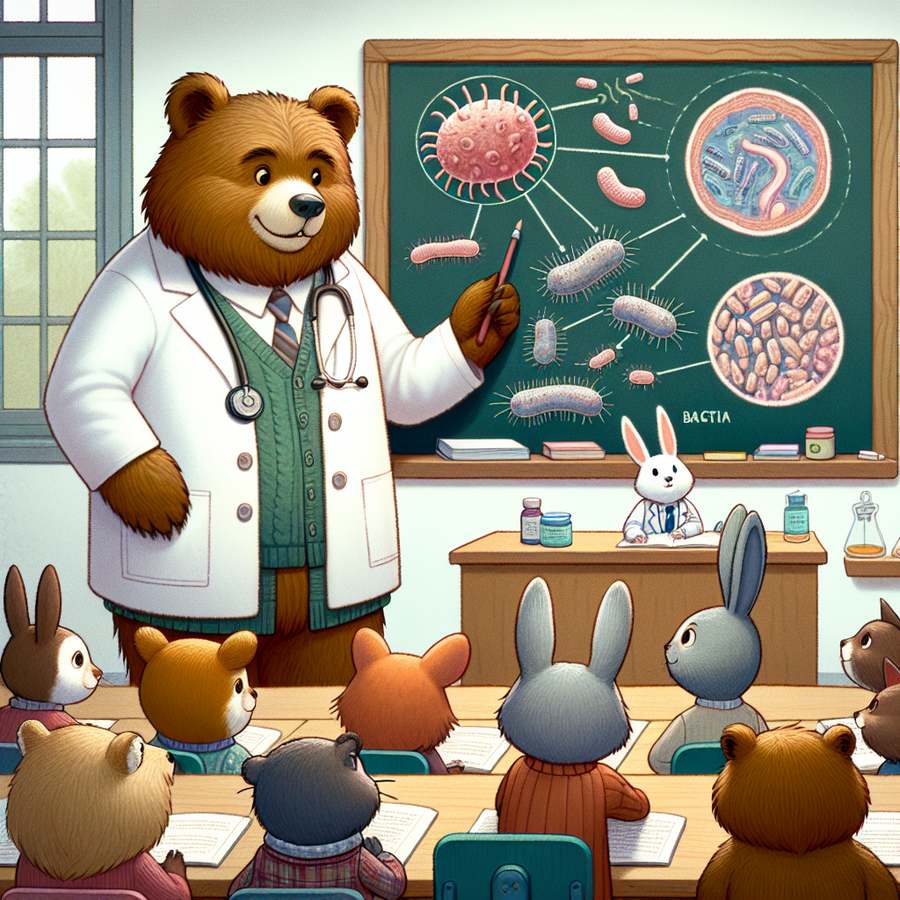Staphylococcal Scalded Skin Syndrome (SSSS) is a condition that can cause a lot of concern for new parents. This condition, caused by infection with certain strains of staphylococcus bacteria, leads to a rash that resembles burns or scalds. Understanding SSSS is crucial for early detection and treatment to ensure the wellbeing of your little one. In this article, we will dive deep into what SSSS is, its symptoms, treatments available, and how to prevent it.
What is Staphylococcal Scalded Skin Syndrome?
Staphylococcal Scalded Skin Syndrome is a dermatological condition primarily affecting newborns and young children. It is caused by a toxin produced by certain types of staphylococcus bacteria. The bacteria release toxins that cause the outer layer of the skin to detach, leading to the appearance of scalded skin. Although it sounds severe, with prompt and appropriate treatment, children can fully recover without lasting damage to their skin.
SSSS is relatively rare but it’s important for parents to recognize the symptoms early. These include widespread redness of the skin, tenderness, and then the formation of blisters that lead to the top layer of skin peeling off. The condition can spread rapidly, so it’s crucial to seek medical attention quickly. To learn more, visiting reputable sources like the National Center for Biotechnology Information can offer in-depth scientific insights about SSSS.
Symptoms of Staphylococcal Scalded Skin Syndrome
The initial symptoms of SSSS may resemble those of other skin conditions, making it challenging to diagnose. It typically starts with fever, irritability, and redness of the skin. Within a few days, the affected areas of skin may form fluid-filled blisters that eventually burst and peel away, leaving a raw surface that looks like a burn. Other symptoms can include fatigue, weakness, and a general feeling of illness.
Early recognition and treatment are vital. If you notice these symptoms in your child, it’s essential to contact your healthcare provider immediately. Delaying treatment can lead to complications, including severe dehydration and infection spread. Incorporating internal links to related conditions like eczema and impetigo can also help parents differentiate between these skin conditions.
Treatment for Staphylococcal Scalded Skin Syndrome
Fortunately, with proper medical care, most children recover from SSSS without any complications. The treatment primarily involves the administration of antibiotics to fight the bacterial infection. In severe cases, hospitalization may be necessary to manage symptoms and prevent dehydration, as the condition can affect a large area of the skin. Treatment also includes wound care and pain management to keep the child as comfortable as possible during recovery.
Preventing the spread of bacteria is crucial in avoiding SSSS. Regular hand washing and avoiding close contact with individuals who have a staph infection are good preventative measures. Additionally, if your child is being treated for SSSS, it’s important to follow all medical advice and complete the entire course of antibiotics even if symptoms seem to improve. For more information on caring for a child with skin conditions, consider reading about atopic dermatitis.
Preventing Staphylococcal Scalded Skin Syndrome
Prevention of SSSS involves reducing the risk of staph infection. Simple hygiene practices like regular handwashing and keeping your child’s living environment clean can significantly lower the risk. Be especially vigilant if someone in the household or community has a staph infection, as SSSS is contagious. Taking steps to boost your child’s immune system, such as ensuring they get enough sleep, eat a balanced diet, and stay up-to-date with vaccinations, can also help prevent SSSS and other infections.
Understanding and being proactive about your child’s health can make a big difference in preventing and managing conditions like Staphylococcal Scalded Skin Syndrome. Always consult with a healthcare provider for the most accurate diagnosis and treatment plan. For parents interested in learning more about infant health, exploring topics like immunizations and breastfeeding can provide valuable insights into keeping your baby healthy.













